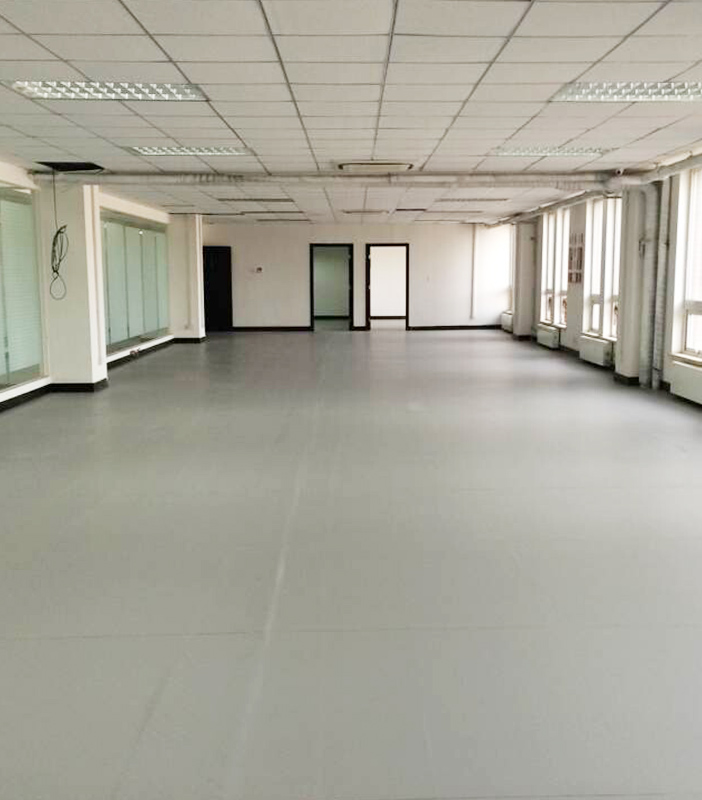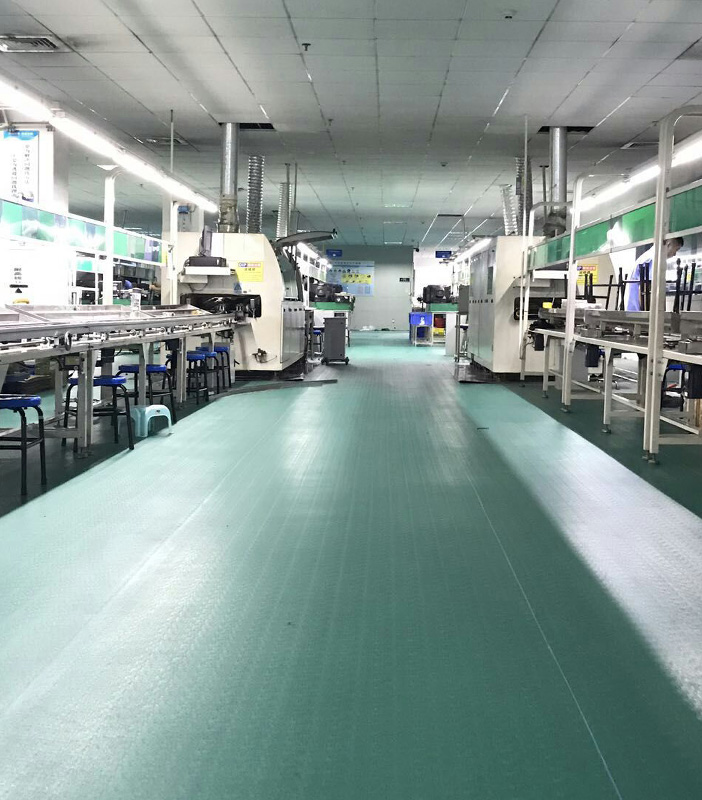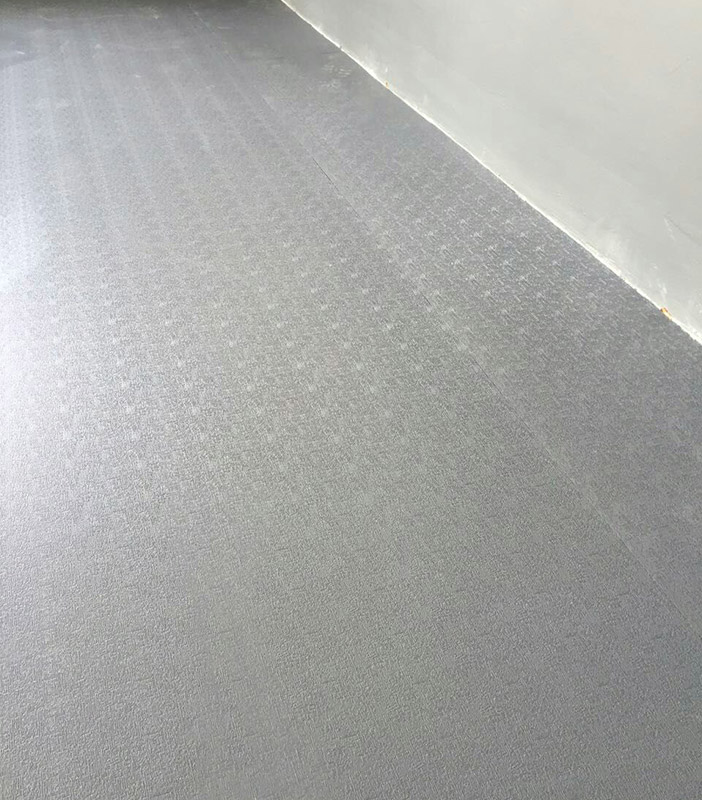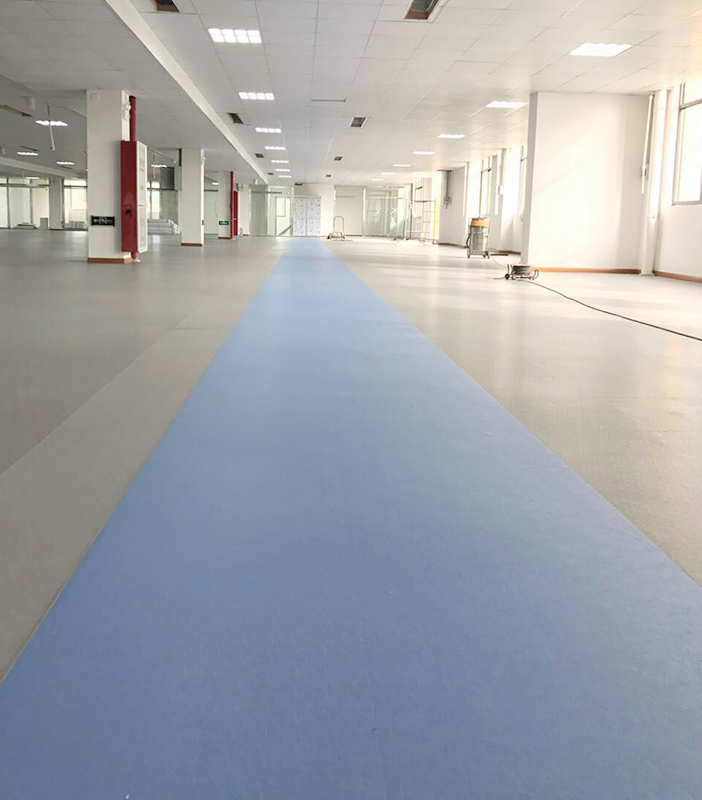1. Workspace Size and Layout
The first consideration when choosing an Anti-Static Mat is the size and layout of your workspace. Measure the available area where the mat will be placed. Determine whether a single large mat or multiple smaller mats are needed to cover the workspace adequately. Ensure that the mat's dimensions fit comfortably within the designated area.
2. Workstation Configuration
Consider the configuration of workstations within the workspace. Anti-Static Mats are commonly used on workbenches, tables, and assembly lines. Assess the number of workstations and their arrangement to determine how many mats are required and their ideal placement.
3. Material and Properties
Selecting the right type of Anti-Static Mat is crucial. There are various materials and properties to consider, including:
- Anti-Static Bench Top Mat: These mats are designed for workbenches and are often available in roll or sheet form. Consider the type of work being performed on the bench and whether the mat needs to be cut to fit the bench's dimensions.
- Anti-Static Table Mat: Table mats are versatile and suitable for various workstations. They come in different materials, such as rubber, vinyl, or foam, with varying degrees of conductivity. Choose a material that aligns with the specific needs of the workspace.
- Conductive vs. Dissipative: Determine whether a conductive or dissipative mat is required. Conductive mats quickly dissipate static charges, making them suitable for environments with stringent ESD requirements. Dissipative mats offer a slower discharge rate, making them more suitable for general ESD protection.
4. ESD Sensitivity of Equipment
Consider the sensitivity of the electronic equipment in your workspace. Some equipment may be more susceptible to ESD damage than others. Choose Anti-Static Mats with properties that match the ESD sensitivity level of the equipment being used.
5. Cleanliness and Maintenance
Evaluate the ease of cleaning and maintenance. Anti-Static Mats should be easy to clean to ensure a clean and static-free workspace. Mats that resist chemical damage or are compatible with cleaning solutions may be preferred in certain environments.
6. Ergonomics and Comfort
In workspaces where employees stand for extended periods, such as assembly lines or laboratories, ergonomic factors come into play. Select Anti-Static Mats that offer cushioning and support to reduce fatigue and discomfort.
7. Regulatory Compliance
Some industries and workplaces are subject to specific ESD standards and regulations. Ensure that the chosen Anti-Static Mat complies with these standards to avoid compliance issues.
8. Budget Constraints
Budget considerations are essential. While it's important to invest in quality Anti-Static Mats for ESD protection, you should also weigh the cost of the mats against the benefits they provide. Consider long-term cost savings by preventing ESD-related equipment damage and downtime.
9. Longevity and Durability
Assess the durability of the Anti-Static Mats. Mats that can withstand heavy use, resist wear, and maintain their ESD properties over time offer better long-term value.
10. Aesthetic Preferences
In office or retail environments, aesthetics may be a consideration. Choose mats that align with the overall design and decor of the workspace while still providing effective ESD protection.
11. Testing and Certification
Check if the Anti-Static Mats have undergone testing and certification by recognized organizations or manufacturers. This can provide confidence in the mats' ESD protection capabilities.
Selecting the right size and type of Anti-Static Mat for a workspace requires a thoughtful evaluation of various factors, including workspace size, material properties, ESD sensitivity of equipment, ergonomics, and budget constraints. By carefully considering these factors, businesses can ensure effective ESD protection and create a safe and efficient working environment for their electronic equipment and employees.

 简体中文
简体中文 English
English España
España Deutsch
Deutsch




